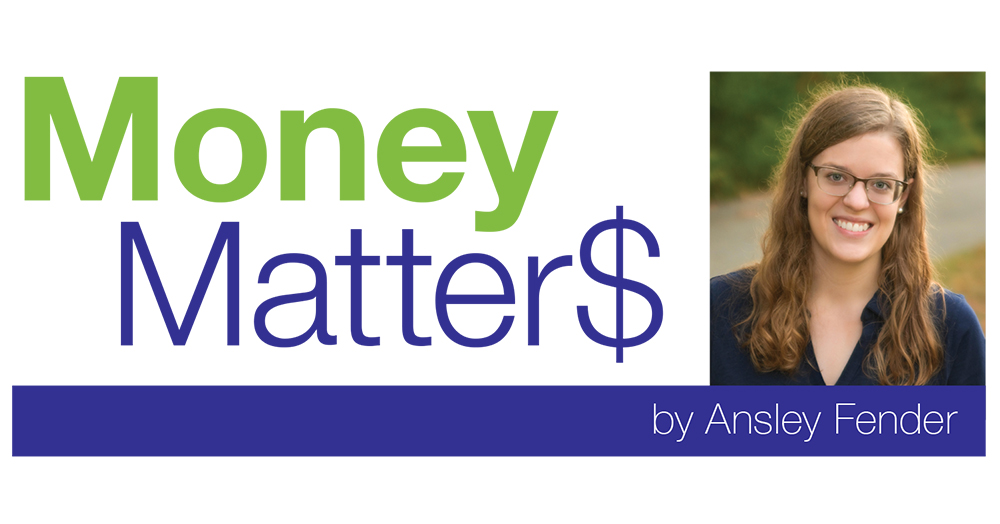
BY ANSLEY FENDER
Americans have a funny relationship with debt. According to NerdWallet, the average household debt is $98,814, nearly 1.5 times the median household income as reported by the most recent census. In fact, according to Experian, Americans are so burdened by debt that 73 percent of them are taking debt to their grave. To paraphrase Benjamin Franklin, in modern America, nothing is certain except death, taxes … and debt.
Debt is an indispensable tool if used to generate income. Unfortunately, most Americans are using debt to make ends meet, effectively digging themselves into a deeper financial hole.
But the elimination of debt has the highest return of any financial decision and therefore should be a priority. Personal finance website The Balance notes that the average annualized return of the S&P 500 over the last 43 years was 11.69 percent, while the average interest rate on credit card debt—the most common type of debt—is 14.14 percent. Given these interest rates, eliminating credit card debt would result in a 2.45 percent net gain.
Additionally, paying off debt returns financial control to the consumer. Instead of chasing minimum payments, individuals can save or invest to ensure financial preparedness in an unpredictable world. Getting started is simply a matter of choosing a debt repayment plan that aligns with your unique goals and motivations.
The two most popular debt repayment methods are the avalanche and snowball methods.
With the avalanche method, debts are paid off from highest- to lowest-interest debt, saving the most money over time. However, if the debt with the highest interest rate is also large, it can be difficult to stay motivated.
On the other hand, the snowball method speaks to that concern by taking advantage of the progress principle, which states that small wins are the single most important factor in boosting motivation. With this method, debts are prioritized from that smallest balance to the largest balance because small-balance debts can be paid off quickly, creating momentum to tackle larger debts. Extra money is devoted to paying off the smallest debt first while making minimum payments to all other debts. Once the smallest debt is paid off, the extra money that was going toward that debt is then applied to the second-smallest debt. This continues until all debts are paid off.
A more unconventional method comes from Ty Roberts, author of personal finance blog Get Rich Quick’ish. He suggests making debt repayment personal by “attack[ing] whatever debt you despise the most, regardless of the balance or the interest rate.” This method is a brilliant use of psychology as it plays to one’s intrinsic motivation to eliminate debt attached to bad memories.
For additional motivation, try the following methods backed by psychology and personal finance research (you can find more information on the internet):
1. Develop a growth mindset.
2. Know your financial strengths and weaknesses.
3. Automate your debt payments.
Eliminating debt is no easy task and may require significant short-term sacrifices. However, these sacrifices pale in comparison to the financial possibilities of a debt-free life in which your money is truly your own.
Ansley Fender is a personal finance coach and freelance writer. She is the owner of Fender Financial Services, a bookkeeping firm for nonprofit organizations and small businesses.












